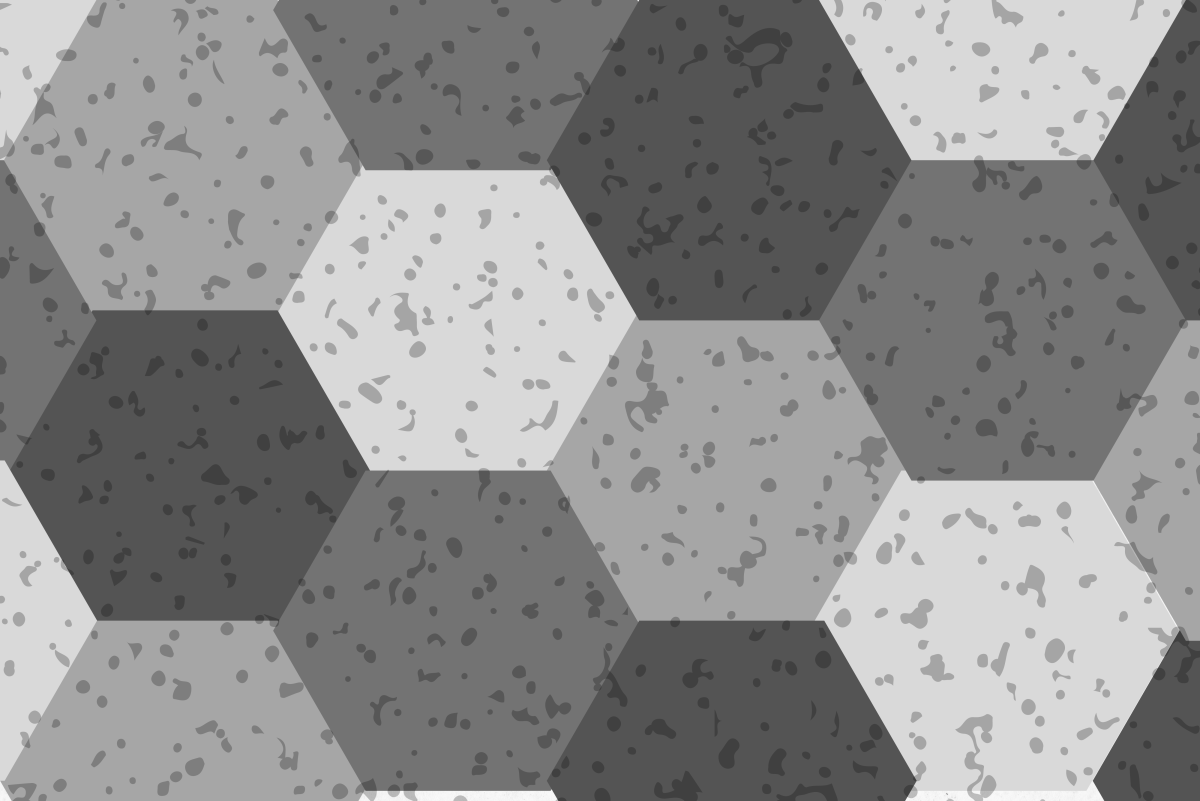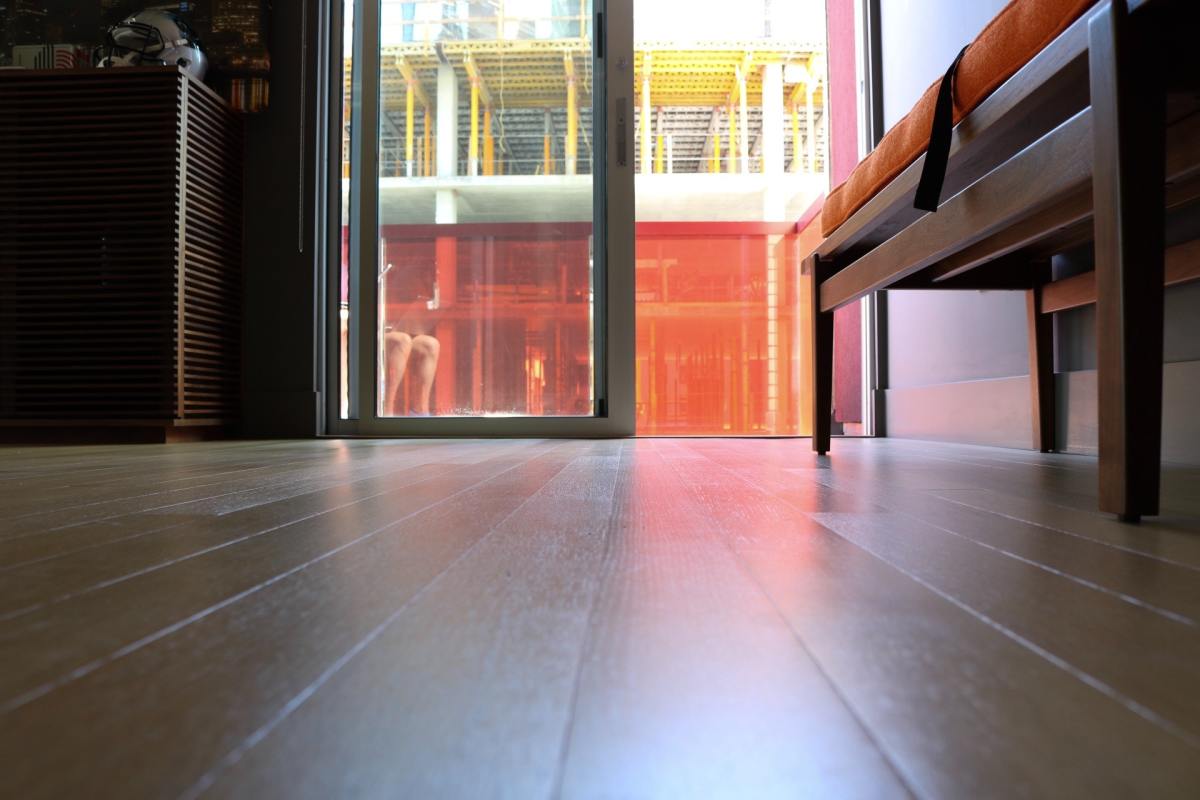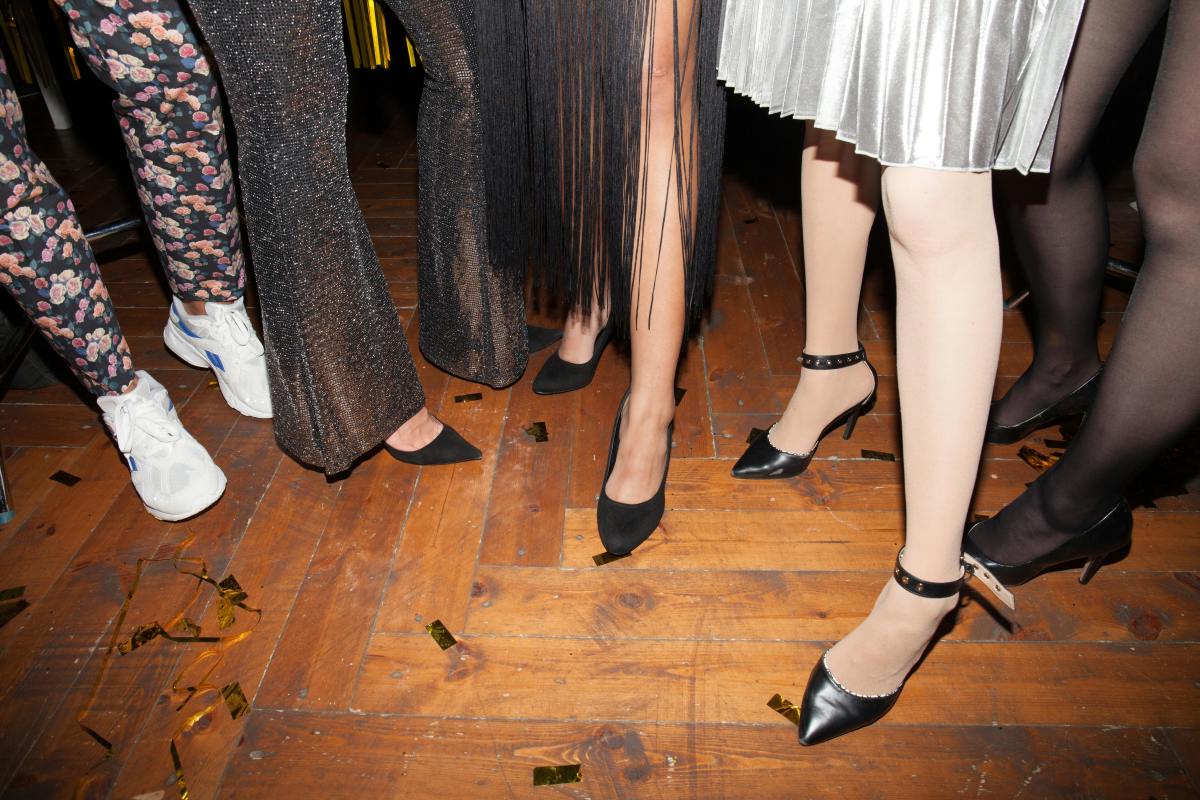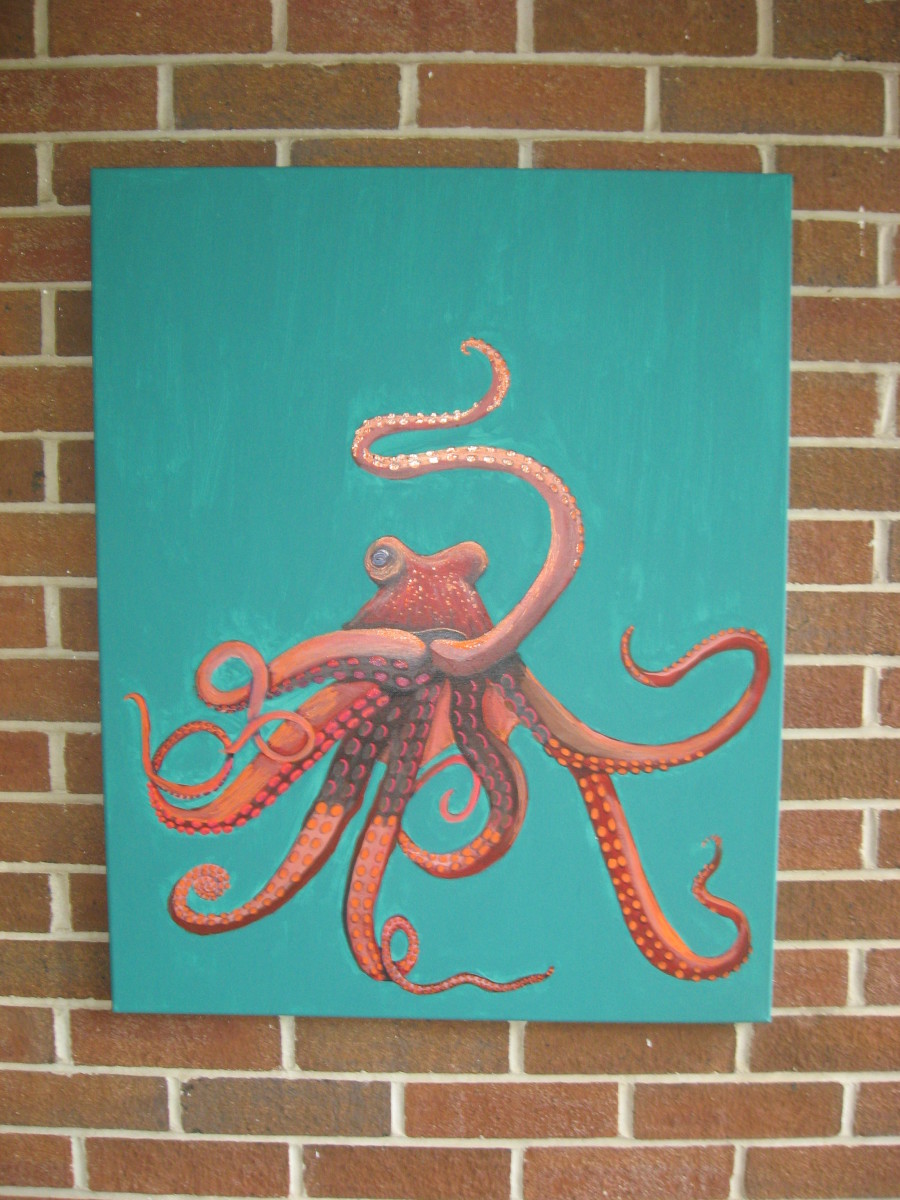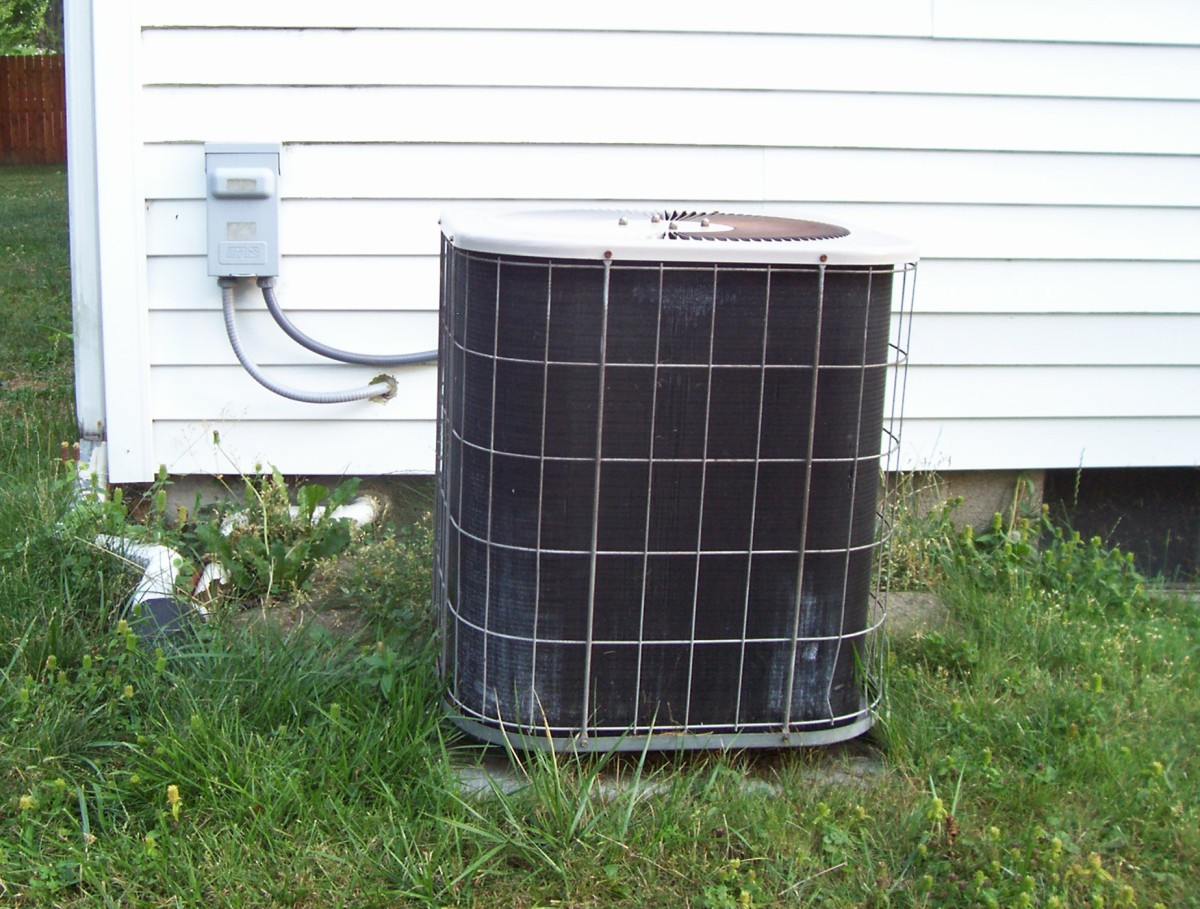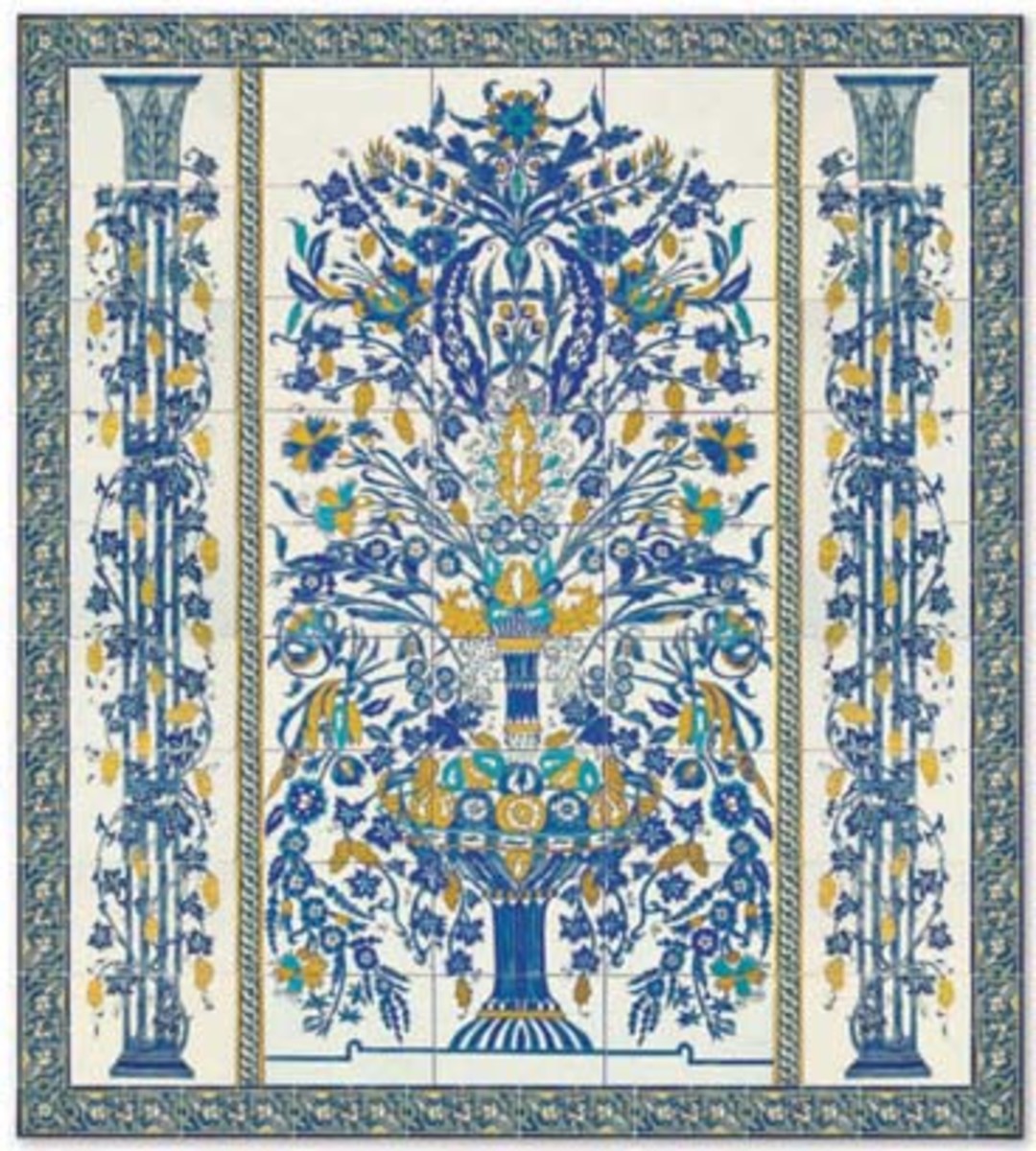Painting Wood Floors
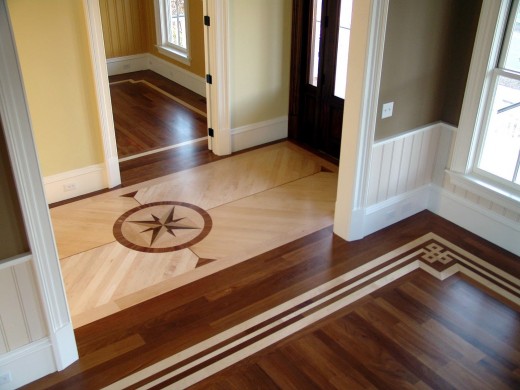
Painting Floor Tips
Of course, you do not have to go through all the trouble to show off wood grain you can paint over it. Displaying grain was not nearly as popular in the 18th and 19th centuries as it is today. Most early floors were left bare, but many were painted to add color to a room.
Colonial floors were usually painted solid colors; gray, gray-was dark green, yellow, brown, and terra-cotta red predominated. Between the Revolution and the 1840s, stenciled floors were popular. Splatter painting -flicking specks of lighter colors onto a background of brown, black, and gray was used widely in the 19th century and had the advantage of camouflaging dirt.
Wood is an ideal surface for paint, but don't overlook the fact that paint can also be used on concrete ( such as in a basement or heavily trafficked area of the house). But, painting cannot be used on any form of vinyl or asphalt tile. Also, tiles should not be sanded or scraped to remove dirt or rejuvenate the surface.
As with any painting job, preparation is important. First, drive any protruding nails on a wood floor below the surface with a nail punch. If the floors are exceptionally dirty or greasy mop them with TSP (tri-sodium phosphate) cleaner.Savogran 10622 Trisodium Phosphate (TSP) (Using TSP is illegal in some parts of the country because of phosphate pollution. Ask a hardware store for an acceptable substitute .) Then sand the boards with 100-grit paper. A hand orbital sander or a floor buffer with sanding mesh will do the job. Use only floor paint, or cover a non-floor paint with a clear floor finish. If you do it yourself, use a roller to apply two coats. Let the top coat dry for 48 hours before replacing heavy furniture.
If you want to color a concrete floor, you can use a stain covered with two coats of polyurethane sealer. This makes an attractive, nonslip, cleanable surface. If there are any moisture problems at all, as in a basement, use chlorinated rubber paint, sometimes referred to as pool paint.

